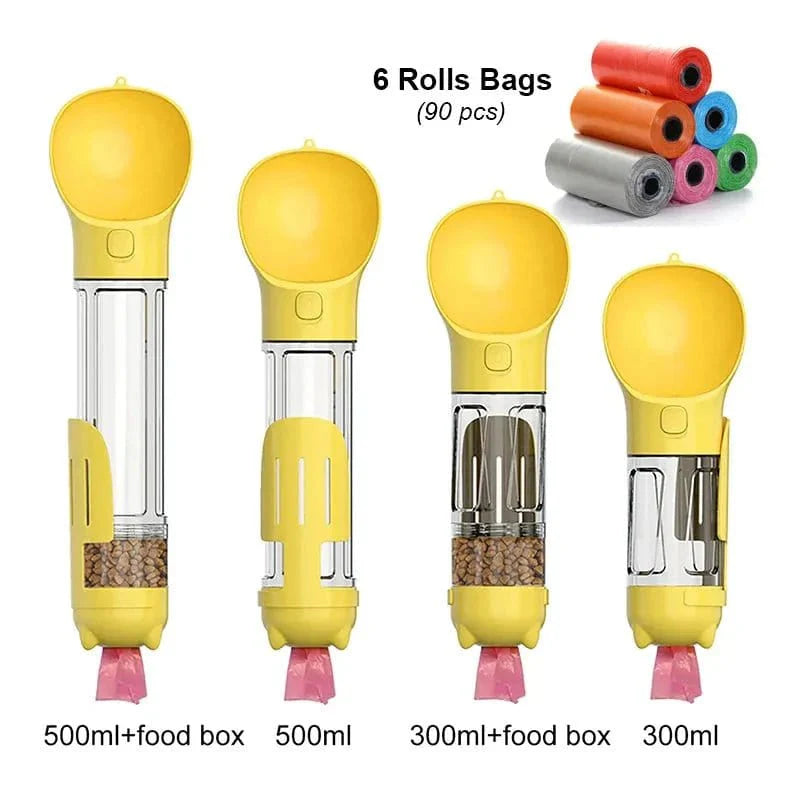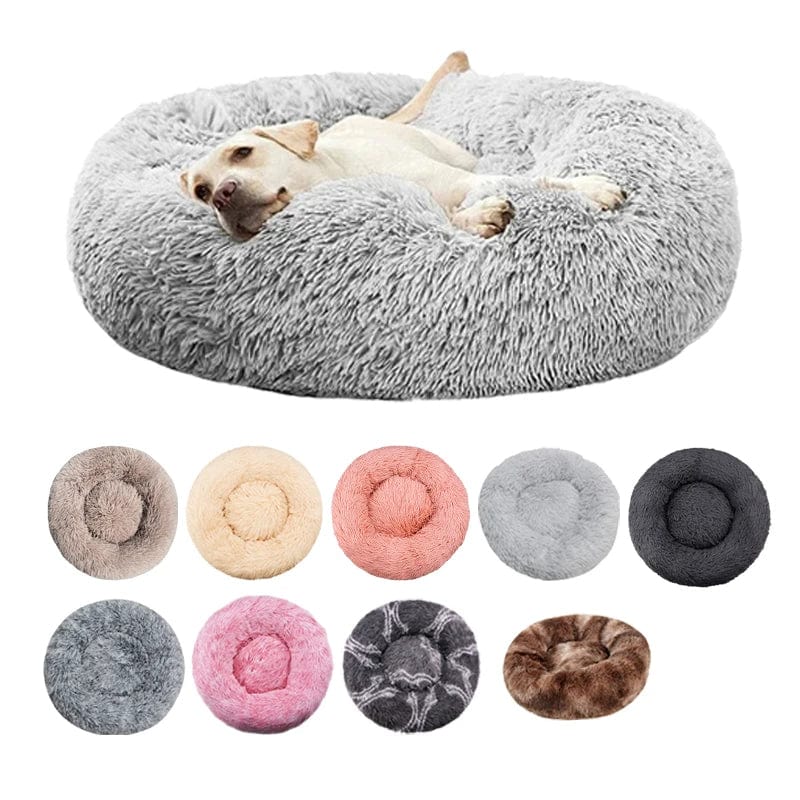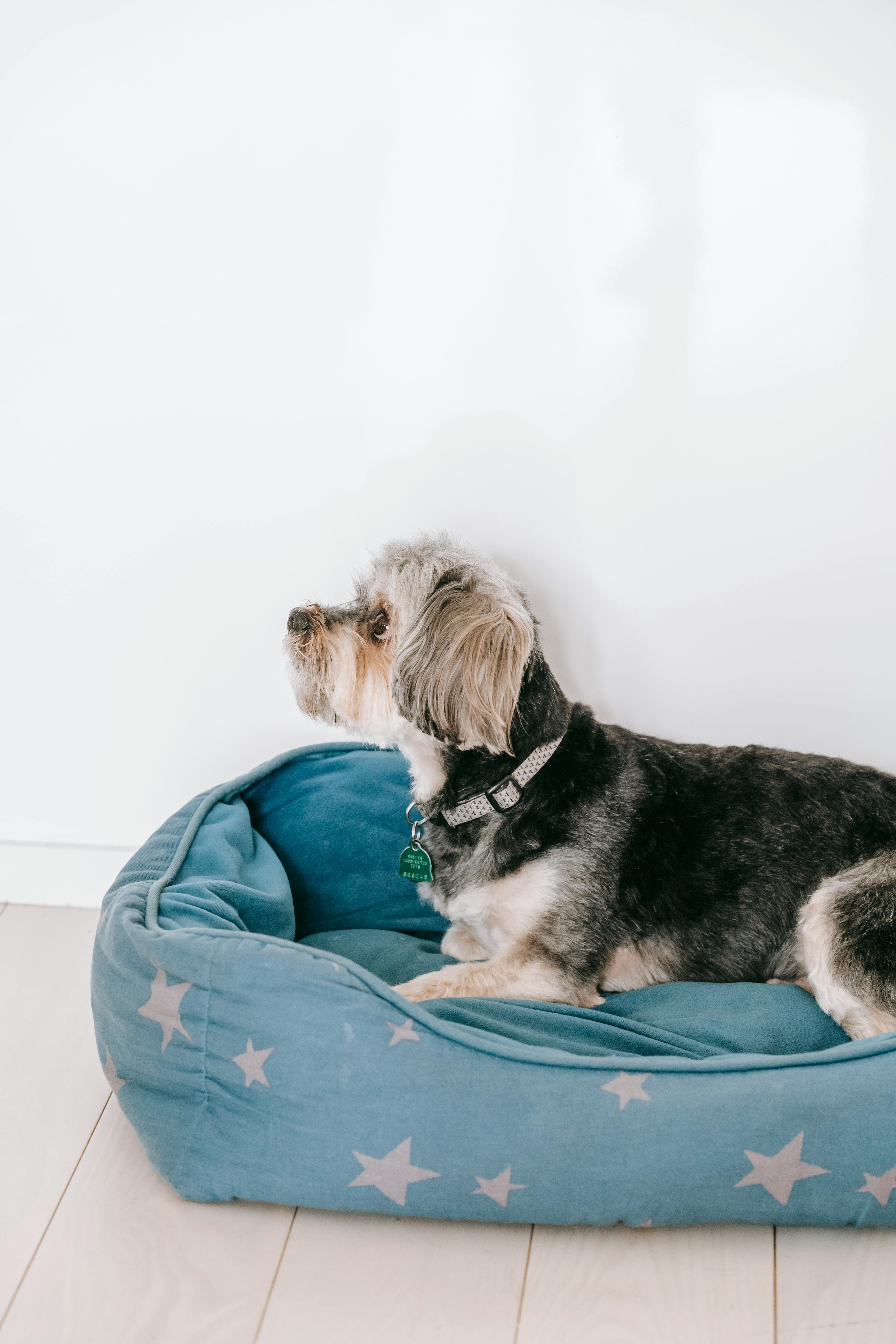Frequently Asked Questions
1. What are the key considerations when choosing dog toys?
2. Are all dog toys safe for pets?
3. What types of toys are beneficial for dogs besides chew toys?
4. Is it necessary to rotate my dog's toys?
5. Do expensive dog toys always offer better quality?
When it comes to our furry friends, there’s no shortage of opinions on what they need, especially regarding dog toys. Whether you’re a first-time pet owner or a seasoned pro, navigating the world of dog toys can be overwhelming. Many misconceptions linger about what type of toys are best and how to choose wisely. Let's dive into some of the most common myths surrounding dog toys and set the record straight! Plus, we’ll share some vital tips to keep your pup happy and healthy.
Myth 1: All Dog Toys Are Safe
One of the most widespread misconceptions is that any toy marketed for dogs is inherently safe. Unfortunately, this is not the case. Many toys can pose a hazard to your pet's health. Here are some things to consider:
- Material Quality: Not all toys are made from safe materials. Always look for toys made with non-toxic, durable materials.
- Size Matters: A toy that is too small can become a choking hazard, while a toy that is too large may be difficult for them to handle.
- Durability: Some toys are made for light chewers, while others are designed for aggressive chewers. Choose based on your dog's chewing strength.
Remember, it’s crucial to monitor your dog while they are playing. Regularly inspect toys for wear and tear, and discard any that may pose a risk.
Myth 2: Only Chew Toys Are Beneficial
While chew toys are essential for dental health and satisfying your dog's natural urge to chew, they are not the only type of toys that can benefit your pup. Here are various types of toys that provide different advantages:
Interactive Toys
These toys often require your dog to solve puzzles or engage in activities that stimulate their minds. They can be great for keeping your dog entertained and reducing boredom, which can lead to behavioral issues.
Fetch Toys
Playing fetch with your dog encourages physical activity and reinforces training. A simple game of fetch can help improve your dog's fitness and strengthen your bond.
Plush Toys
Some dogs love to cuddle and carry around plush toys. These toys may not be as durable but can offer comfort and companionship, especially for younger puppies.
Myth 3: Expensive Toys Are Always Better
Many dog owners believe that a higher price tag means a better-quality toy. While some expensive brands may offer superior materials, not all pricey toys are created equal. Here are some considerations:
- Functionality: A cheaper toy might serve the same purpose as an expensive one. Evaluate what features are critical for your dog's needs.
- Customer Reviews: Sometimes, you can find very affordable options that are well-rated by other dog owners.
- Trial and Error: Invest in a few different toys at varying price points to see which ones your dog prefers. They may love a simple, inexpensive ball more than a multi-functional gadget!
Myth 4: Toys Are Only for Fun
While toys are undoubtedly fun, their purpose extends beyond entertainment. Here’s how different types of toys serve essential roles in your dog’s life:
Mental Stimulation
Engaging toys can help provide mental stimulation, reducing anxiety and stress. This is particularly important for dogs left alone for extended periods.
Physical Exercise
Active play with toys encourages exercise, helping to maintain a healthy weight and prevent obesity-related issues. A portable dog water bottle can be invaluable during outdoor play sessions to keep your dog hydrated.
Training Aids
Many toys are designed to facilitate training, whether they help with obedience training or encourage specific behaviors.
Myth 5: Any Squeaky Toy Is Great for Dogs
Squeaky toys are often a favorite among dogs due to the noise they produce, simulating prey sounds. However, not all squeaky toys are appropriate:
- Size and Safety: Larger squeaky toys may be suitable, but smaller ones can pose choking hazards. Always consider your dog's size.
- Material Consideration: Ensure that the squeaker inside is robust and won't break, leading to potential ingestion.
In moderation, squeaky toys can provide a great outlet for your dog, but they shouldn’t be their only type of engaging plaything.
Myth 6: Dogs Only Like Toys That Are Designed for Them
As pet owners, it’s easy to assume that our dogs only want toys made specifically for them. However, many pups derive joy from play items intended for humans as well. This includes:
- Sporting Equipment: Old tennis balls or frisbees can become instant favorites for fetch.
- Household Items: Some dogs enjoy playing with soft items like socks or cardboard boxes. Just make sure they are safe and won't cause any harm.
Myth 7: Rotating Toys Is Unnecessary
Some pet owners might think it’s unnecessary to rotate their dog’s toys. However, rotating toys can provide multiple benefits:
- Prevent Boredom: When dogs play with the same toys day in and day out, they can quickly lose interest. Rotating toys keeps things fresh and exciting.
- Maintain Interest: Introducing "new" toys periodically can spark your dog's curiosity.
- Cleanliness: Rotating means that toys can be cleaned more regularly and reduce the spread of germs.
A simple system of rotation can make a world of difference in how your dog interacts with their toys.
Myth 8: Indestructible Toys Exist
While many manufacturers claim to offer indestructible toys, the reality is that no toy is entirely chew-proof, especially for aggressive chewers. While there are tougher options available, it’s essential to:
- Monitor Use: Always supervise your pet during playtime. This can prevent accidents and discourage destructive behavior.
- Check for Damage: Regular inspections can help you avoid any unforeseen problems.
The goal is to find toys that suit your dog’s chewing habits while accepting that some wear and tear is inevitable.
Think Outside the Box for Dog Toy Selection
When selecting toys for your dog, consider their specific likes and personality. Here are some helpful tips to guide you:
- Observe Their Preferences: Watch which types of toys excite your dog. Some may prefer soft and cuddly, while others opt for squeaky or interactive.
- Involve Them: Take your dog on shopping trips to let them pick out their favorite toys. This can create a fun bonding experience!
- Consider Their Lifestyle: If you frequently travel with your pet, a portable dog water bottle and light toys that are easy to pack will be essential.
Maximizing Playtime for Your Pooch
Ultimately, how you choose to engage your dog plays a significant role in their happiness. The right toys can enhance those experiences. Don’t forget to incorporate the following:
- Social Play: You can join in on the fun! Playing with your dog not only strengthens the bond but can also be a fun workout for you.
- Vary Activities: Incorporate various activities beyond just toys to keep your dog stimulated, like obedience training and agility tasks.
- Engage Their Senses: Introduce toys that challenge their senses, such as scent toys or food-dispensing toys.
Dog Toys Can Change Your Pet's Life!
Understanding the truth regarding dog toys is essential in ensuring your pet leads a happy, healthy life. By debunking these common misconceptions, you can take intentional steps toward choosing the right toys for your furry friend. Remember, keeping their physical and mental wellbeing in mind will allow you and your dog to enjoy countless hours of happy play together.
So, whether it's for chew time, cuddle time, or fetch, make informed choices and watch your pup thrive!



